You can honor the power and wisdom of nature by preserving the essence and potency of herbs.
Whether you've just harvested them from your garden, brought them home from the market or purchased them from Dr. Sebi’s in the form of herbal tea, proper storage is essential to retain their delightful flavors and beneficial properties.
By following this step-by-step guide, you ensure a delightful and flavorsome herb experience in your culinary creations and holistic pursuits.
Health Benefits of Herbs
Dr. Sebi was a strong advocate for the use of natural herbs and plant-based remedies for achieving and maintaining optimal health. He believed that herbs played a crucial role in supporting the body's natural healing processes and encouraged the consumption of alkaline-forming herbs.
Throughout his teachings, Dr. Sebi often highlighted the importance of consuming specific herbs that aligned with the body's cellular structure and promoted an alkaline environment to prevent and address diseases. These include:
- Burdock root
- Dandelion
- Elderberry
- Bladderwrack
- Nettle
- Soursop leaves
- Sea moss
- Chaparral
Read more: Dr. Sebi’s Nutritional Guide
Preparing Fresh Herbs
Growing Your Own: Harvest at the Right Time
For optimal flavor and potency, harvest your herbs when they’re at their peak. The best time is usually in the morning after the dew has dried but before the sun is too intense.
Buying From a Market: Choose Quality Herbs
If you’re purchasing fresh herbs from a store or market, opt for herbs that are vibrantly colored, free from wilting or browning, and have a robust aroma. Opt for organic varieties to avoid exposure to harmful pesticides.
Rinse With Care
Before storing, give your fresh herbs a gentle rinse under cold water to remove any dirt or debris. Pat them dry with a clean kitchen towel or use a salad spinner to ensure they’re not excessively damp.
Storing Different Types of Fresh Herbs
Understand the Herb's Nature
Different herbs have different storage requirements. Some benefit from being stored as you would fresh flowers — with the stems in water. Others, like basil, need a different approach.
Know your herbs and their individual needs:
Staying Fresh: The Glass Jar Method
For delicate herbs like basil, the glass jar method works wonders.
- Trim the ends of the stems.
- Place the herbs upright in a glass jar filled with an inch of water.
- Loosely cover the leaves with a bag.
- Secure the bag with a rubber band and store the jar in the refrigerator.
- Change the water every few days for extended freshness.

Staying Fresh: Wrapped Method
For maintaining freshness for herbs like thyme.
- Grab your fresh bundle of herbs.
- Grab a paper towel that can wrap around the entire bundle and moisten it.
- Place your bundle on the paper towel and roll it.
- Store it in an airtight container.
- Refrigerate it and use it when ready.
Drying: The Bundle Method
Herbs like thyme and sage thrive with the bundle method.
- Gather a small bunch of stems.
- Tie the stems together with a string or a twist tie.
- Hang them upside down in a cool, dry place away from direct sunlight.
- Once dried, store the herbs in airtight containers or spice jars.

Preserving Your Herbs
Crush or Keep Whole
Before storing, decide whether you prefer to keep the dried herbs whole or crush them to release their flavors. Crushing the herbs just before use can enhance their taste. Think of oregano, it elevates the flavor when crushed over your favorite dishes.
Use Proper Storage
To preserve the flavor and aroma of dried herbs, store them in airtight glass containers or spice jars. Keep the containers in a cool, dry, and dark place, away from direct sunlight and heat sources. Amber-colored containers help restrict sunlight and are preferred.
Label and Date
Properly identify your herbs and include the date of storage on containers, mason jars are perfect for labeling. This simple step ensures you use the oldest herbs first and maintain an organized herb collection.
Freeze for Future Use
To preserve their taste all year round, consider freezing fresh herbs. Chop the herbs finely and pack them into ice cube trays with a little water or avocado oil.
Once frozen, transfer the herb cubes to a sealed container or reusable freezer bag. These herb-infused cubes are perfect for adding flavor to soups, stews, and sauces.
Dry With Caution
Drying herbs can concentrate their flavors, but it's essential to dry them with care to prevent the loss of their beneficial compounds. It’s safe to dehydrate in the oven or hang them in a well-ventilated area away from direct sunlight until fully dry.
Avoid the Fridge Door
While the refrigerator is a common storage spot, avoid storing herbs in the fridge door. The constant opening and closing can expose them to temperature fluctuations, affecting their freshness. Instead, store them on a shelf in the main part of the refrigerator.
Discard When Needed
Herbs have a limited shelf life, even with proper storage. If you notice any signs of mold, wilting, or a significant loss of aroma, it's time to bid farewell to those herbs and welcome a fresh batch.












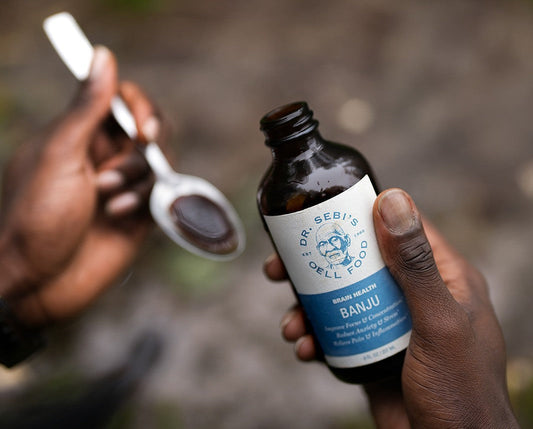
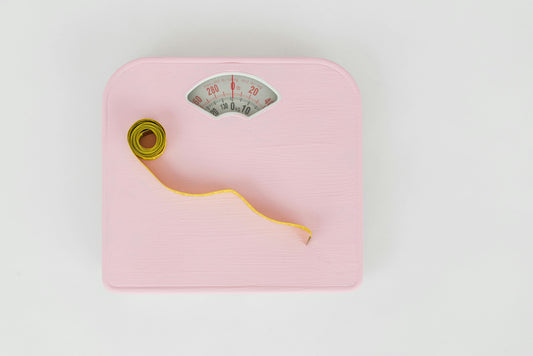


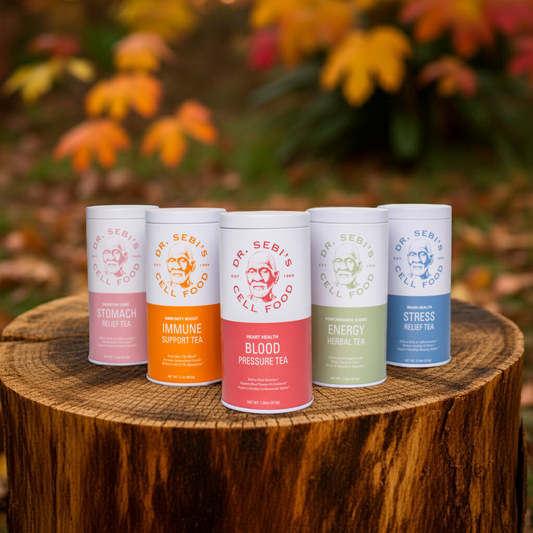

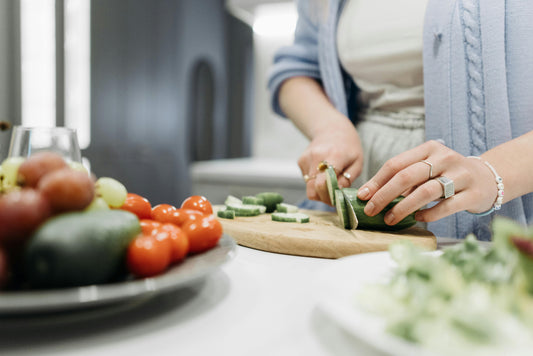

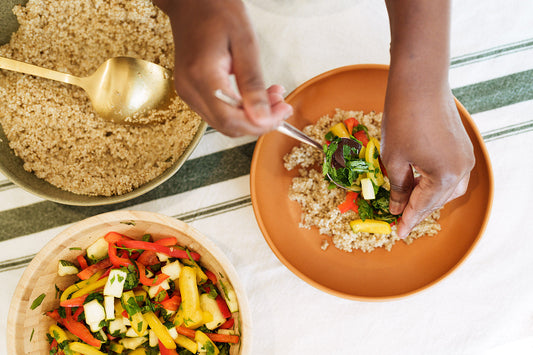



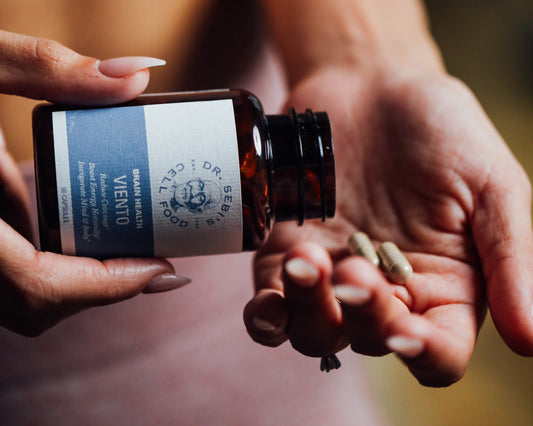
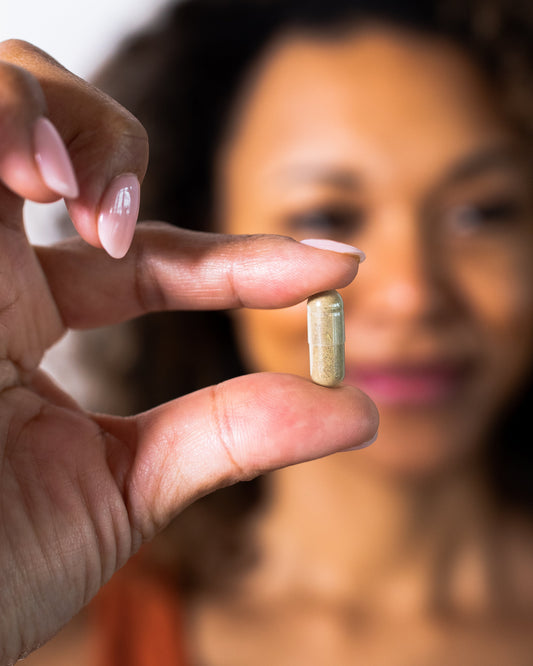

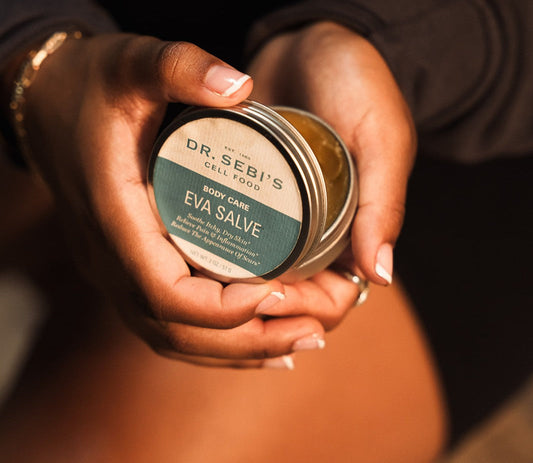
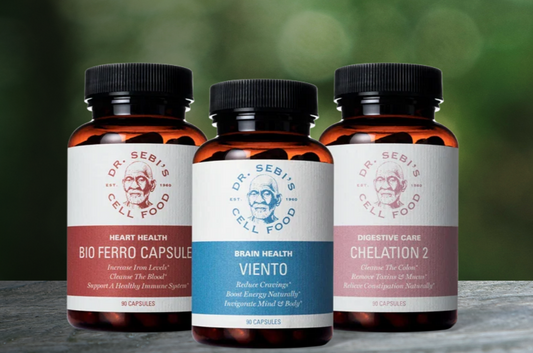
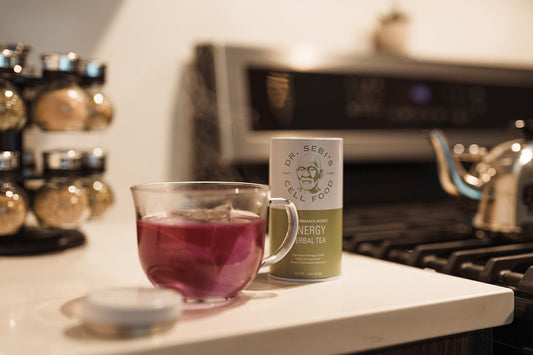

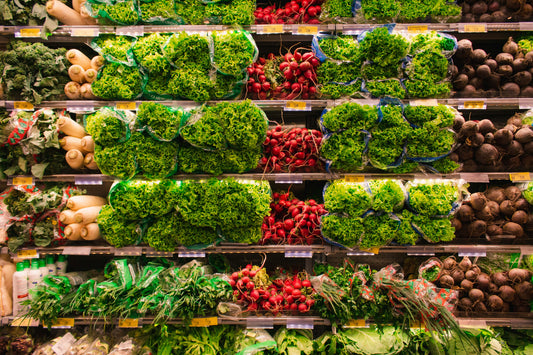


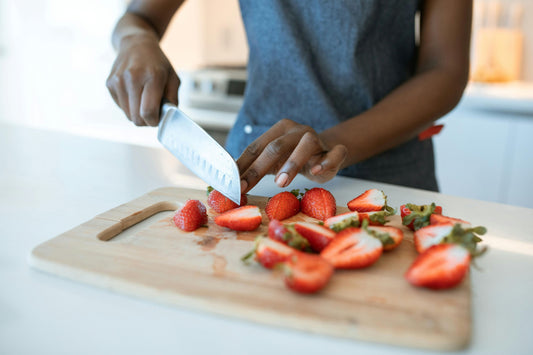





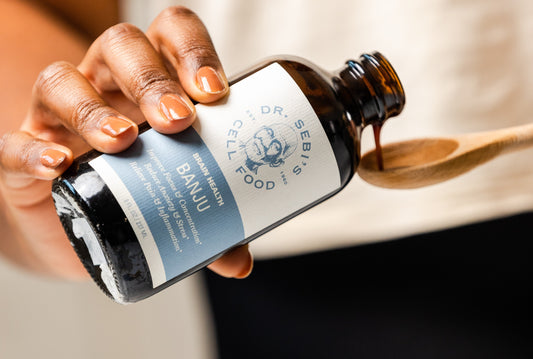
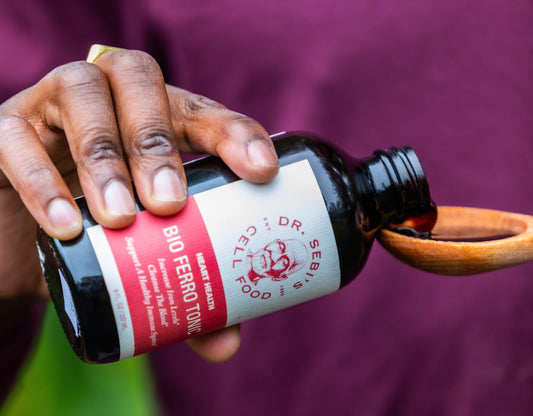

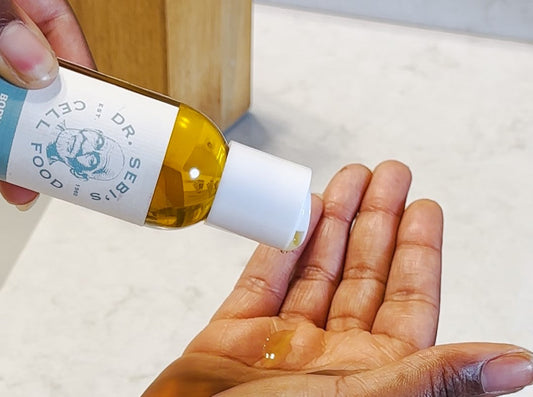



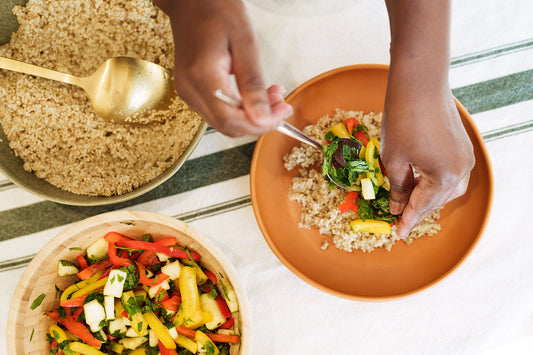
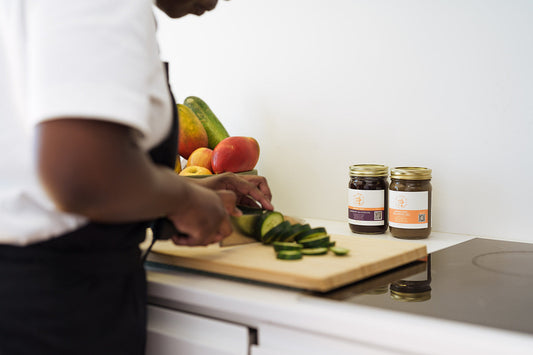
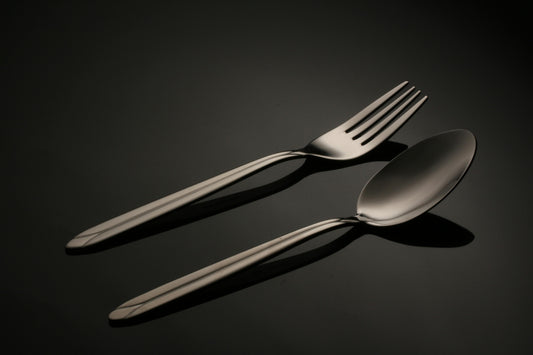
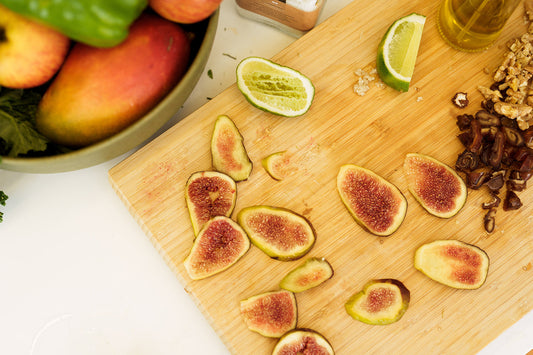
4 comments
𝓣𝓱𝓪𝓷𝓴 𝓨𝓸𝓾
𝓣𝓱𝓪𝓷𝓴 𝔂𝓸𝓾
𝓣𝓱𝓪𝓷𝓴 𝔂𝓸𝓾
Thank you for the blessing
This truly is appreciated
THANKS FOR THE INFORMATION